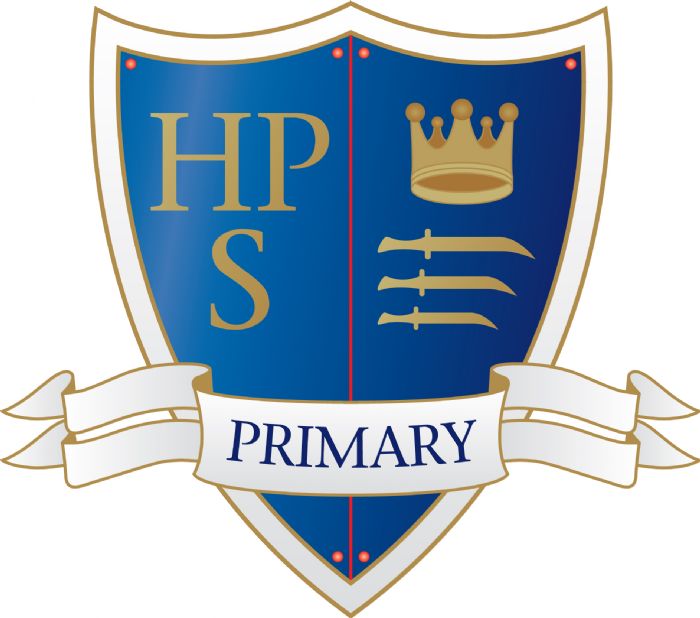Religious Education (RE)
Subject Leader:
A member of the senior leadership team supported by the Religious Education (RE) team; a team of teachers with particular responsibility for RE.
Curriculum Content:
The curriculum content for RE is laid down in a locally-agreed syllabus. Each local authority is required to have a Standing Advisory Council on Religious Education (SACRE) to determine a locally agreed syllabus that takes account of local contexts. Our RE curriculum has been designed to take account of the expectations of the Early Years Framework and the Hillingdon Locally Agreed Syllabus. We use Discovery RE to supplement and enhance our curriculum.
Please click here for information about Jigsaw's RE.
Intent
Religious Education is valued as an important subject as it contributes to an intellectually challenging and enriching education. It helps young people explore their own and others’ beliefs and values, and promotes respect and empathy, which are important in our diverse society. It helps pupils to understand the place of religion and belief in the modern world whilst respecting the rights of others to differ. The RE curriculum plays a leading role in pupils’ spiritual, moral, social and cultural development. This is embedded within each of our units of RE work.
Religious Education is taught in unit blocks each term. Our curriculum introduces pupils to an in-depth study of beliefs and values. Each year group focus on aspects of Christianity plus one other world religion (Judaism, Islam, Hinduism and Sikhism). This enables all pupils to understand the wider world; develop respect for different religious beliefs, non-religious beliefs and practices of others; and helps to challenge prejudice.
We use our understanding of the local context to deliver our curriculum. We recognise that our local community belongs to numerous faiths and some families also choose not to practise a faith. It is important to us to tap into our community’s knowledge and expertise and ask for help and support to bring our curriculum content alive so that pupils can learn together.
Long Term Plan: Religious Education
Please view the Religious Education Long Term Plan below for an overview of the curriculum content taught in each year group throughout the academic year.
